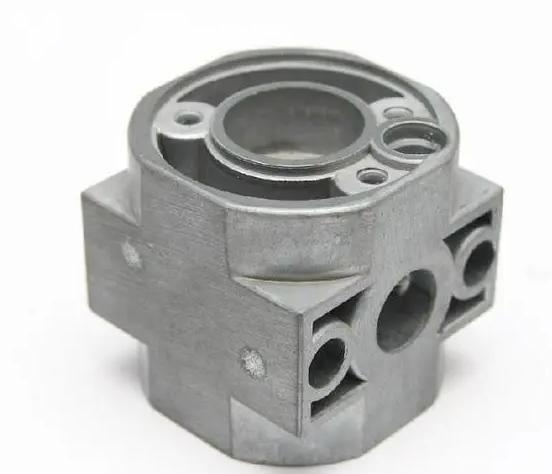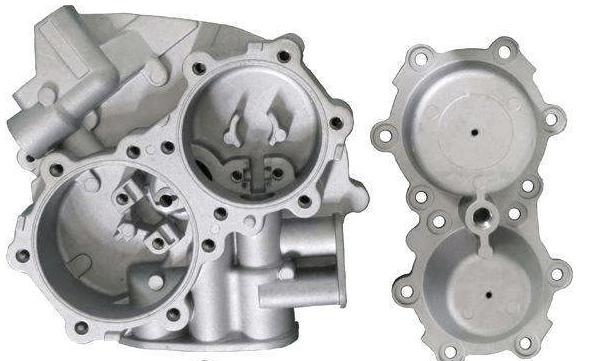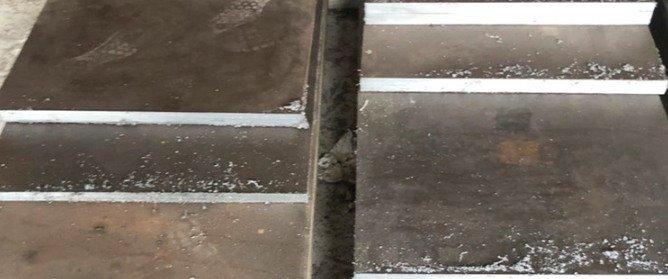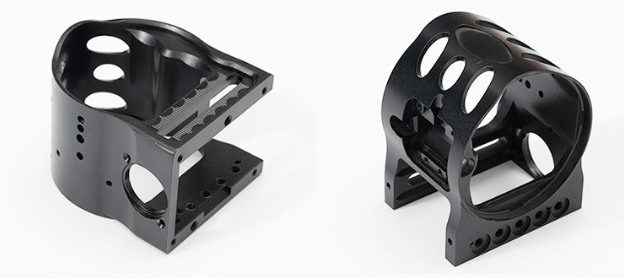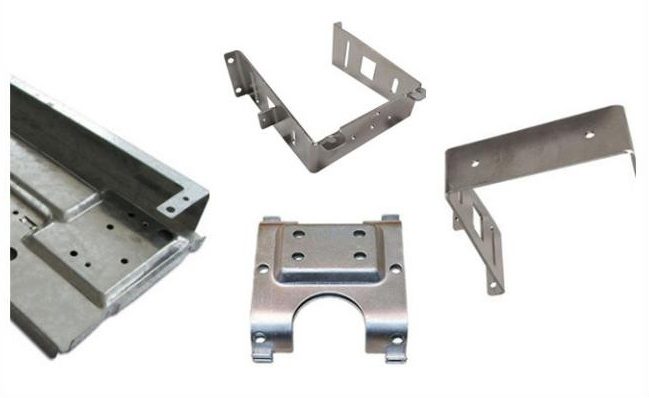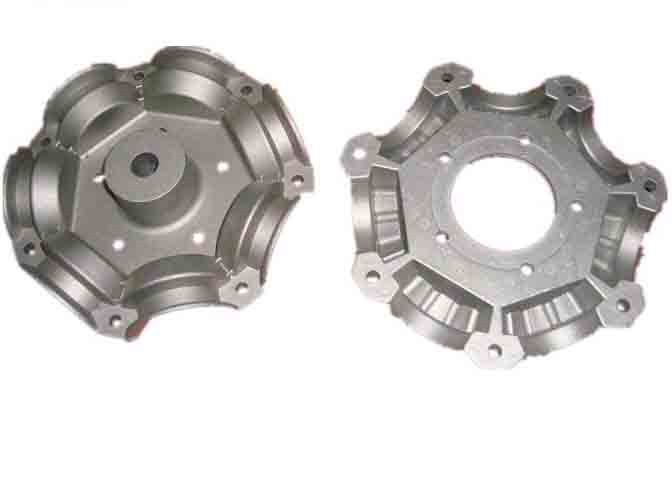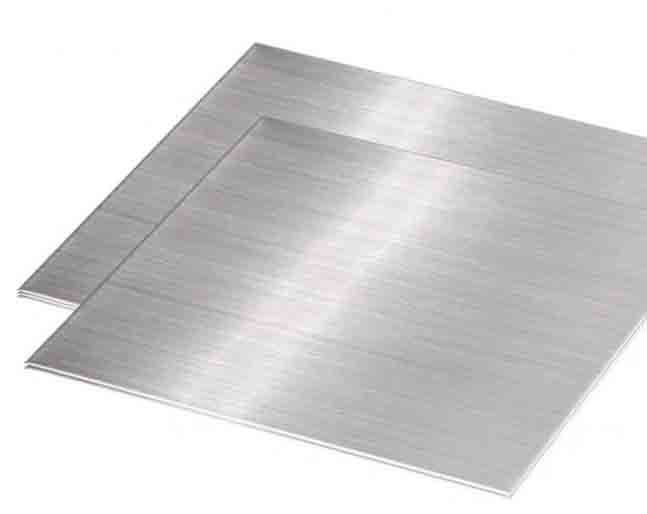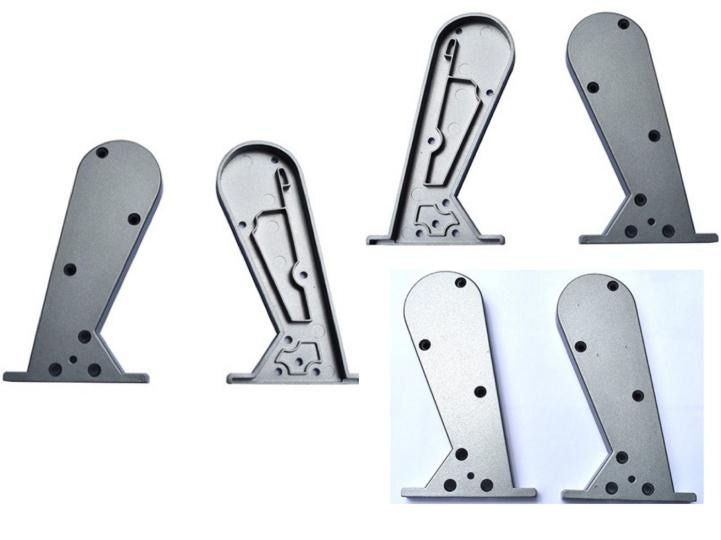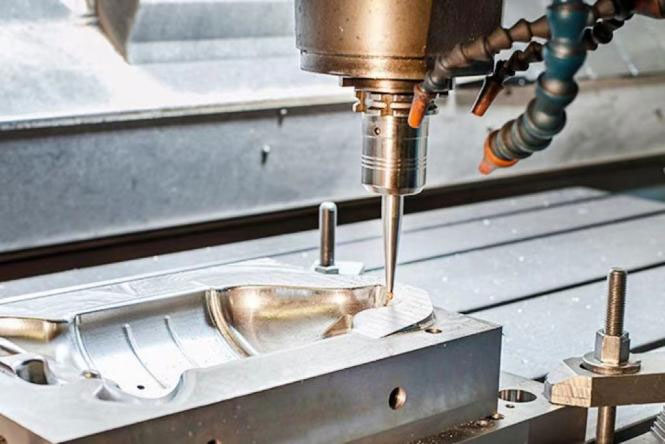Imagine molten metal transformed into intricate, lightweight, and incredibly strong parts. This isn’t alchemy; it’s the science of magnesium die casting, a process pushing the boundaries of metalworking. From sleek laptops to powerful aircraft components, magnesium parts are silently shaping our world. Dive with us into this fascinating process, exploring its transformation journey, unique advantages, and diverse applications.
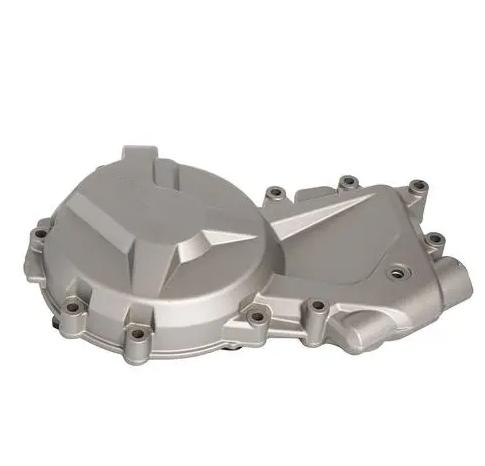
What is the Magnesium Die Casting Process?
The process of magnesium die casting involves several distinct stages, each crucial for the creation of high-quality precision parts. Here’s an overview of the typical process steps involved in magnesium die casting:
- Preparation of Raw Materials:
The process begins with the selection and preparation of magnesium alloys. Magnesium alloys are chosen based on the specific properties required for the final parts, such as strength, corrosion resistance, and thermal conductivity. JTR Machinery can provide you the magnesium alloy material like AZ91D, AM60B, AS41B.
The raw magnesium alloy typically comes in the form of ingots or pellets. These materials are carefully inspected for quality and purity before being melted down for casting.
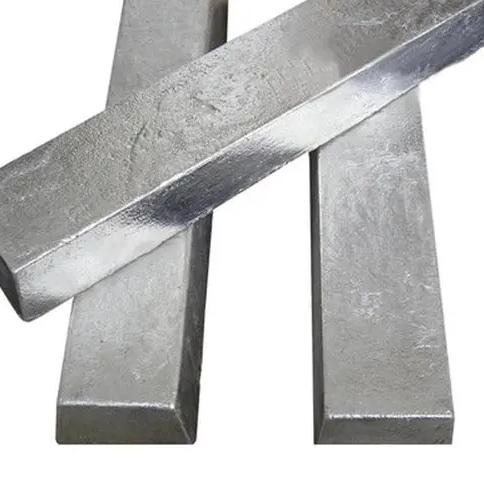
- Die/Mold Design and Preparation:
The next step involves the design and fabrication of the die or mold that will shape the molten magnesium into the desired parts.
Die design is a critical aspect of the process, as it determines the final shape, dimensions, and surface finish of the parts. Computer-aided design (CAD) and computer-aided manufacturing (CAM) technologies are often used to create precise mold designs.
The mold is usually made from high-grade tool steel and consists of two halves, the stationary half (the cover die) and the movable half (the ejector die).
- Injection of Molten Magnesium:
The prepared magnesium alloy is melted in a furnace at temperatures ranging from 650°C to 750°C (1202°F to 1382°F). Once the molten metal reaches the desired temperature, it is transferred to the shot chamber of the die casting machine.
The die casting machine uses a plunger or piston to inject the molten magnesium into the mold cavity at high pressures, typically ranging from 4000 psi to 20,000 psi (27.6 MPa to 137.9 MPa). This pressure ensures that the molten metal fills the entire cavity and forms the desired shape of the part.
- Cooling and Solidification:
After the mold cavity is filled, the molten magnesium begins to cool and solidify within the mold.
Cooling rates are carefully controlled to prevent defects such as shrinkage, porosity, and cracks in the final parts. The cooling process may be accelerated using water or air cooling systems integrated into the die casting machine.
- Ejection of the Finished Part:
Once the magnesium alloy has solidified, the mold is opened, and the finished part is ejected from the die casting machine. The ejector pins or mechanisms within the die casting machine help to push the part out of the mold cavity without causing damage.
- Trimming and Finishing:
After ejection, the cast parts may undergo additional trimming and finishing operations to remove excess material, smooth rough edges, and achieve the desired surface finish.
Trimming operations are often performed using trimming presses or CNC machining equipment, ensuring precise dimensional accuracy and surface quality.
- Quality Control Measures:
Throughout the entire magnesium die casting process, rigorous quality control measures are implemented to monitor various parameters such as dimensional accuracy, surface finish, mechanical properties, and structural integrity.
Non-destructive testing techniques such as X-ray inspection and ultrasonic testing may be employed to detect internal defects and ensure the quality of the finished parts.
By meticulously following these process steps, magnesium die casting manufacturers can produce high-quality, dimensionally accurate parts with complex geometries, making magnesium die casting a preferred choice for a wide range of industries, including automotive, aerospace, electronics, and consumer goods.
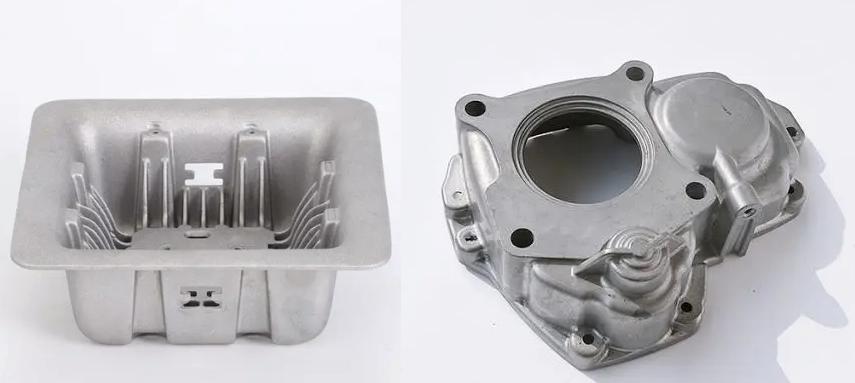
Why Choosing Magnesium Die Casting? 7 Advantages
Magnesium die casting offers several advantages compared to other casting materials, making it an attractive choice for a variety of applications. Here are some of the key advantages:
- Lightweight: Magnesium is one of the lightest structural metals, offering a significant weight reduction compared to materials like aluminum, zinc, and steel. This makes magnesium die cast parts ideal for applications where weight savings are critical, such as in automotive and aerospace industries, leading to improved fuel efficiency and performance.
- High Strength-to-Weight Ratio: Despite its lightweight nature, magnesium boasts impressive strength-to-weight ratio properties, providing structural integrity and durability in applications where strength is essential. This makes magnesium die cast parts suitable for demanding applications requiring high-performance components.
- Excellent Machinability: Magnesium alloys exhibit excellent machinability, allowing for intricate and complex part geometries to be easily achieved through die casting processes. This versatility enables manufacturers to produce parts with tight tolerances and fine surface finishes, meeting stringent design requirements.
- Good Thermal Conductivity: Magnesium possesses good thermal conductivity properties, allowing for efficient heat dissipation in applications where thermal management is critical. This makes magnesium die cast parts suitable for components operating in high-temperature environments, such as engine components in automotive and aerospace applications.
- Electromagnetic Interference (EMI) Shielding: Magnesium alloys have inherent electromagnetic shielding properties, making them effective at attenuating electromagnetic interference (EMI) in electronic devices and components. This makes magnesium die cast parts well-suited for electronic enclosures and housings where EMI protection is necessary.
- Recyclability: Magnesium is highly recyclable, with the ability to be melted down and reused without compromising its mechanical properties. The recyclability of magnesium makes it an environmentally friendly choice compared to other casting materials, reducing energy consumption and greenhouse gas emissions associated with manufacturing processes.
- Cost-Effective Production: Magnesium die casting offers cost-effective production compared to other manufacturing processes, such as machining and fabrication. Die casting allows for high-volume production runs with minimal material waste, reducing production costs and lead times for producing large quantities of parts.
While magnesium die casting offers numerous advantages, it’s crucial to consider potential limitations:
- Tooling Cost: The complex dies required can be more expensive than those used for other casting methods.
- Corrosion Resistance: Magnesium can be susceptible to corrosion in specific environments, requiring protective measures.
- Expertise and Equipment: Specialized knowledge and equipment are necessary for optimal results.
Overall, the combination of lightweight design, high strength, excellent machinability, thermal conductivity, EMI shielding properties, recyclability, and cost-effective production makes magnesium die casting a preferred choice for a wide range of industrial applications, offering superior performance and versatility compared to other casting materials. In order to addressing the challenges above, you need to make the proper decision of alloy selection, protective coatings, and employ experienced manufacturers.

What are the Applications of Magnesium Die Casting Parts?
Magnesium die casting parts find applications across various industries due to their lightweight, durable, and versatile nature. Here’s a table summarizing the applications of magnesium die casting parts across various industries:
| Industry | Applications |
| Automotive | Engine components: Cylinder heads, intake manifolds, transmission cases, and engine blocks. Structural components: Steering columns, seat frames, and suspension parts. Interior components: Door handles, instrument panels, and trim pieces. Wheels: Lightweight magnesium wheels offer improved fuel efficiency and handling. |
| Aerospace | Aircraft components: Landing gear parts, brackets, housings, and structural components. Interior fittings: Seat frames, luggage compartments, and cabin interiors. Avionics: Housings for electronic components and instrument panels. |
| Electronics and Consumer Goods | Mobile devices: Cases, frames, and structural components for smartphones and tablets. Laptop and computer housings: Lightweight and durable enclosures for laptops and desktop computers. Handheld tools: Housings for power tools, gardening equipment, and outdoor gear. Home appliances: Components for kitchen appliances, vacuum cleaners, and washing machines. |
| Industrial Equipment | Pump and valve components: Housings, impellers, and valve bodies for industrial pumps and valves. Machinery components: Gears, housings, and structural parts for various industrial machinery. Heat sinks: Efficient thermal management solutions for electronic devices and equipment. |
| Medical Devices | Surgical instruments: Lightweight and corrosion-resistant tools for surgical procedures. Medical equipment: Housings, brackets, and structural components for medical devices and equipment. Orthopedic implants: Biocompatible components for prosthetic limbs and orthopedic implants. |
| Sporting Goods | Golf clubs: Lightweight and durable club heads and shafts for golf clubs. Bicycle frames: High-performance frames for bicycles and cycling components. Athletic equipment: Lightweight and impact-resistant components for sports gear and equipment. |
| Energy and Power Generation | Electrical enclosures: Housings and cabinets for electrical distribution and control systems. Wind turbine components: Lightweight and corrosion-resistant parts for wind turbine assemblies. Solar panel frames: Structural components for mounting and supporting solar panels. |
These applications highlight the versatility and wide-ranging utility of magnesium die casting parts across diverse industries, contributing to lightweight, durable, and high-performance solutions for various products and systems.
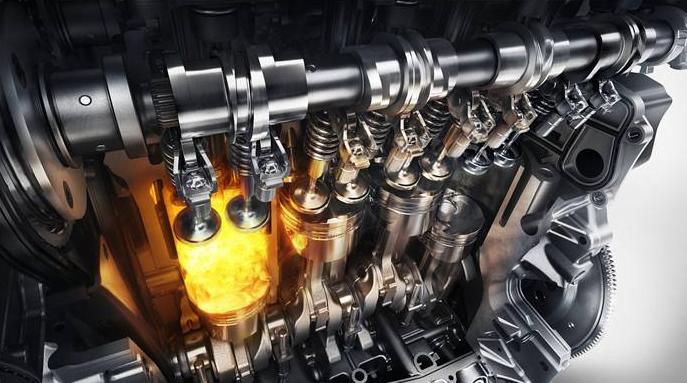
Conclusion
The journey from molten metal to precision parts encapsulates the transformative power of magnesium die casting. This remarkable process offers a unique blend of lightweight strength, eco-friendliness, and cost-effectiveness, making it a game-changer across diverse industries. As technologies evolve and materials advance, the role of magnesium die casting manufacturers becomes increasingly pivotal. With an unwavering commitment to quality, innovation, and sustainability, these manufacturers serve as the vanguards of progress, shaping industries and propelling economies forward. Let us embrace the challenges and opportunities that lie ahead, forging a path towards excellence in magnesium die casting and beyond.


